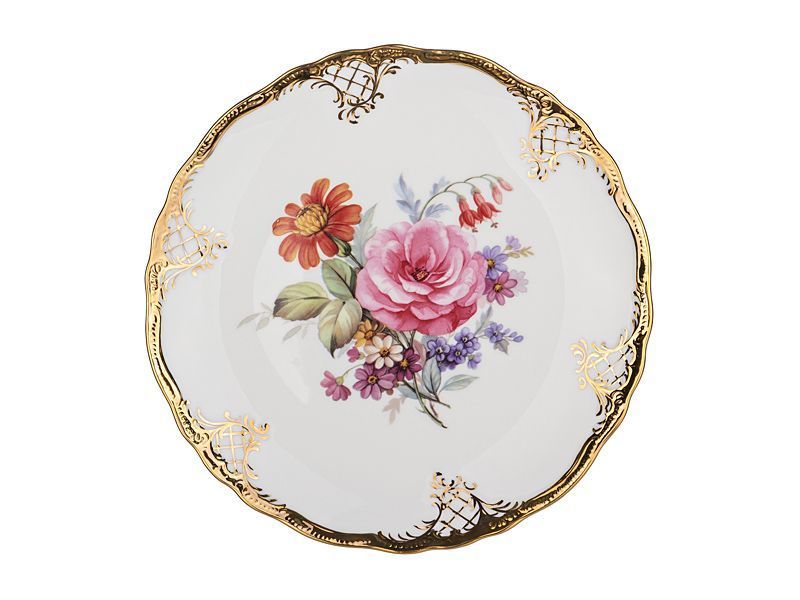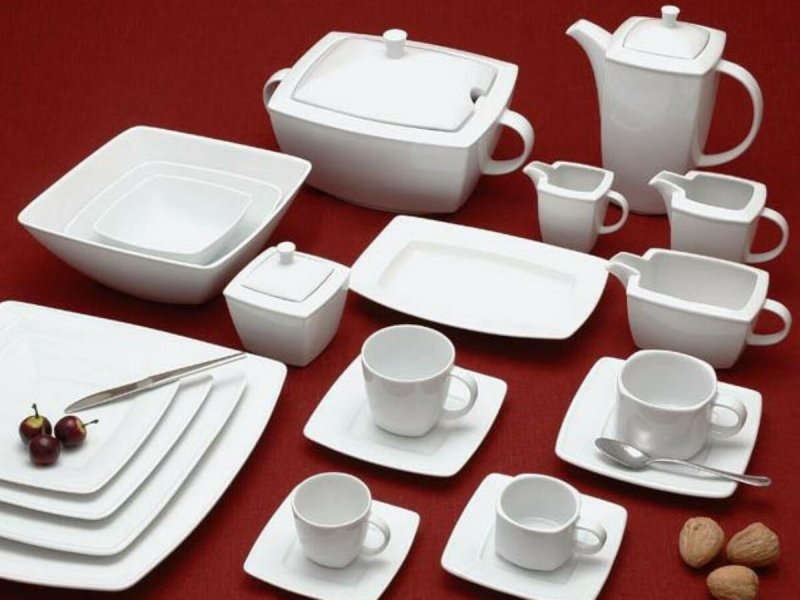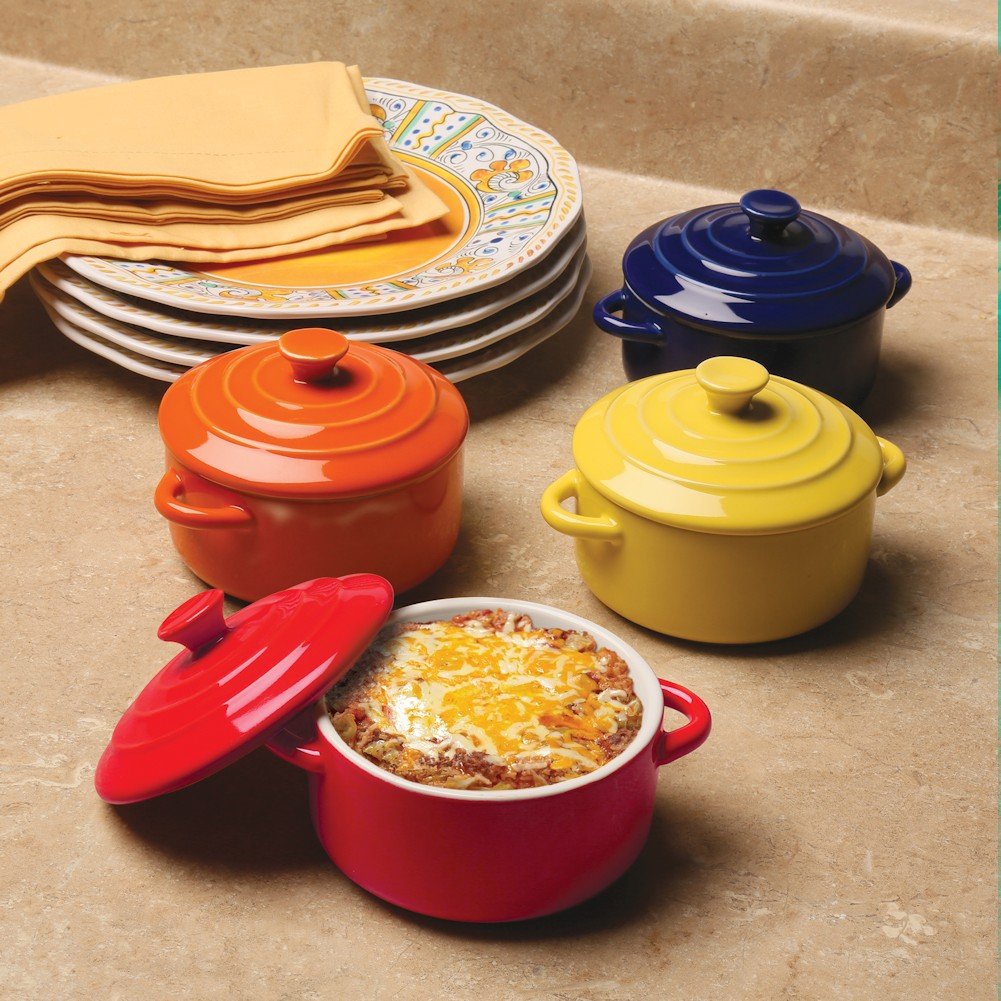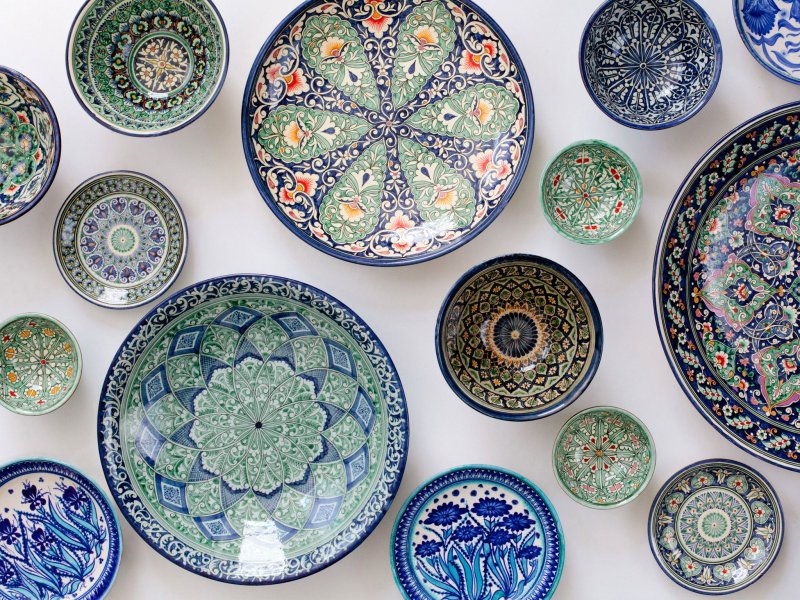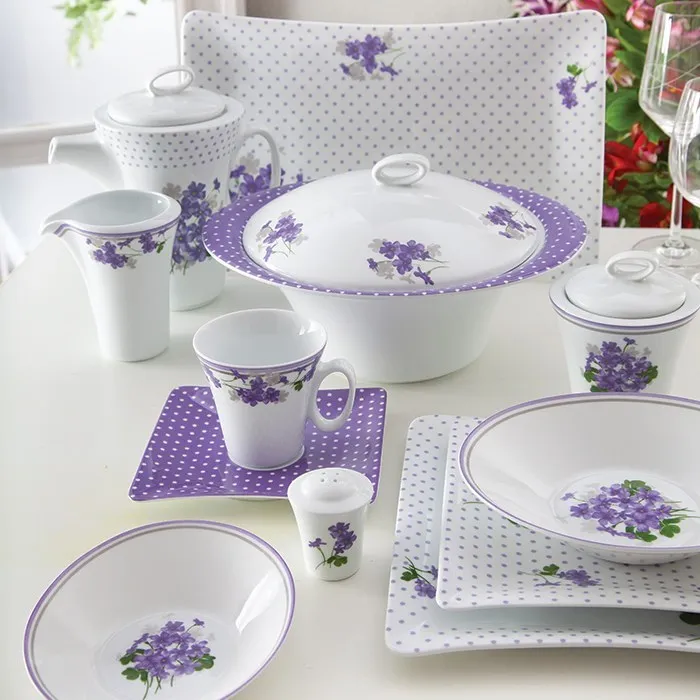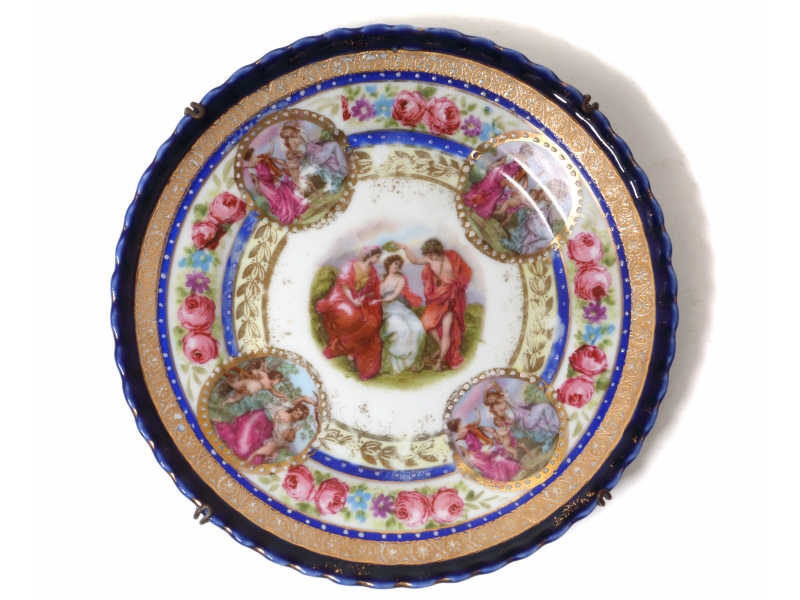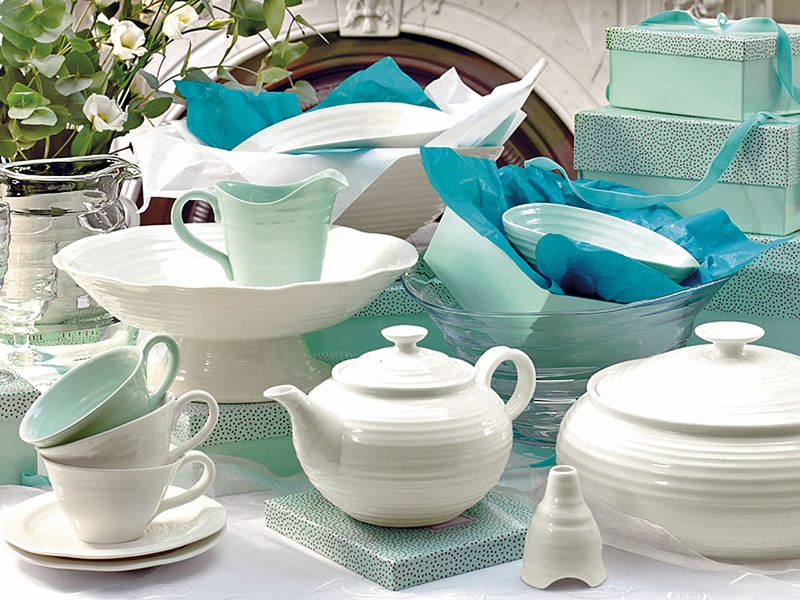A Timeless Blend of Elegance and Functionality
Introduction:
Porcelain bowls have a long and rich history, dating back thousands of years. They have been prized for their exquisite beauty, remarkable durability, and versatile functionality. From traditional Chinese porcelain to European porcelain, these bowls have played an important role in various cultures around the world. In this article, we will explore the origins, manufacturing process, types, and popular uses of porcelain bowls. We will also delve into their significance and enduring appeal in modern times.
Section 1: Origins and History of Porcelain Bowls
– Ancient Chinese origins: The Chinese are credited with inventing porcelain during the Tang Dynasty, around the 7th or 8th century. They developed sophisticated techniques for producing these delicate ceramics.
– Evolution of porcelain: Chinese porcelain techniques were closely guarded secrets until the secrets were leaked and spread to other parts of the world. This led to the development of European porcelain in the 18th century.
– Different styles and influences: Chinese porcelain bowls are known for their intricate and colorful designs, while European porcelain bowls tend to feature more restrained and classic motifs. The exchange of artistic ideas between cultures has greatly impacted the aesthetics of porcelain bowls.
Section 2: Manufacturing Process of Porcelain Bowls
– Clay selection and preparation: Porcelain clay is composed of various minerals, including kaolin. The clay must be refined and purified before it can be used for making bowls.
– Shaping and molding: The clay is shaped into a bowl using various techniques, such as wheel throwing or molding by hand. Skilled craftsmen employ their expertise to achieve the desired shape and proportions.
– Firing and glazing: After the initial shaping, the bowls are dried and then fired in a kiln at high temperatures. This firing process strengthens the clay and gives porcelain bowls their exceptional durability and translucency. The bowls can then be glazed to add a decorative finish, enhance their color, or create a smooth texture.
Section 3: Types of Porcelain Bowls
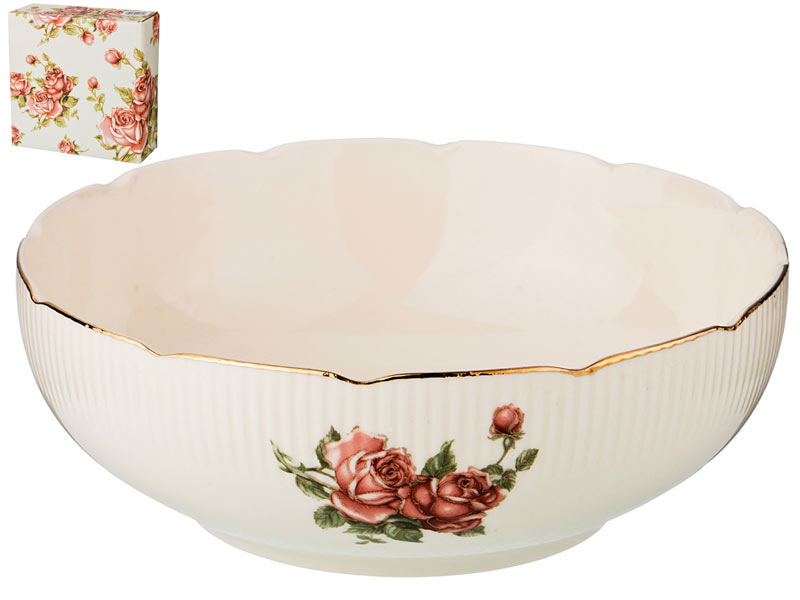
– Famille rose: This type of porcelain bowl features vibrant, colorful designs. The Rose Family palette is characterized by the use of pinks, reds, and blues, often highlighting flowers, birds, and landscapes.
– Blue and white: Blue and white porcelain bowls are renowned for their striking contrast of blue motifs against a white background. This classic design originated in China and has been widely adopted and reproduced in various cultures.
– Imari: Imari porcelain bowls, originally from Japan, feature bold and intricate patterns with a mix of red, blue, and gold hues. They reflect the influence of Chinese and European designs.
Section 4: Popular Uses of Porcelain Bowls
– Dining and serving: Porcelain bowls are commonly used for serving soups, stews, rice, noodles, and other dishes. Their smooth surface and elegant appearance make them suitable for formal occasions as well as everyday use.
– Decoration and display: Porcelain bowls with beautiful designs are often used as decorative pieces in homes, restaurants, and galleries. They can be displayed in cabinets or on shelves to enhance the aesthetic appeal of a space.
– Rituals and ceremonies: In certain cultures, porcelain bowls play a significant role in religious or cultural rituals. They may be used for offerings, memorials, or as ceremonial vessels in special occasions.
Section 5: Significance and Enduring Appeal of Porcelain Bowls
– Symbol of wealth and status: Throughout history, porcelain bowls have been associated with wealth and status due to their craftsmanship and artistic value. They have often been coveted by collectors and aristocracy.
– Artistic expression: Porcelain bowls exemplify the artistry and skill of potters and ceramists. The intricate designs and delicate craftsmanship make them a treasured medium for artistic expression.
– Timeless beauty and versatility: Porcelain bowls have a timeless aesthetic that transcends trends and fads. Their versatility, durability, and elegance continue to make them relevant and sought after in modern times.
Conclusion:
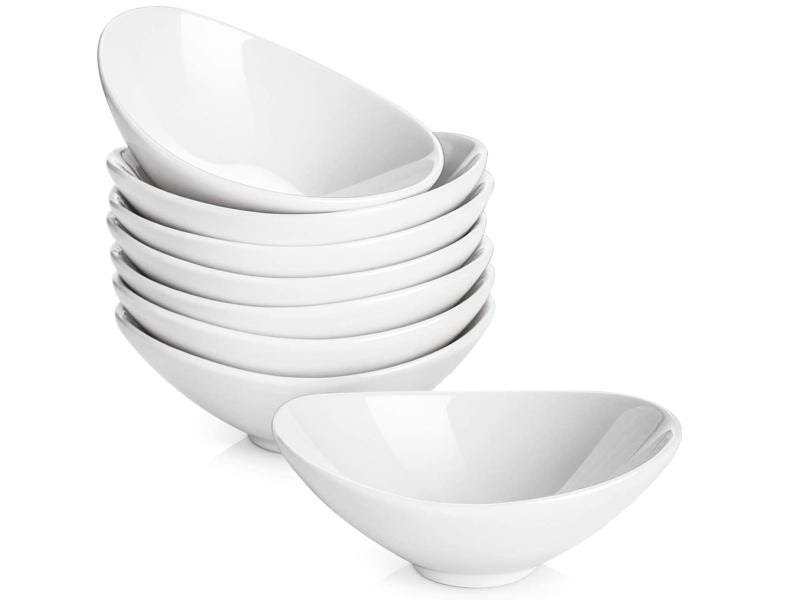
Porcelain bowls have a rich heritage and enduring appeal that extends far beyond their functional use. They are art forms in their own right, showcasing the talent and creativity of artisans throughout history. From their origins in ancient China to their influence on European ceramics, porcelain bowls have become symbols of elegance, artistry, and cultural exchange. Whether used for dining, decoration, or rituals, these bowls continue to captivate and inspire people around the world.Title: Porcelain Bowls: A Timeless Blend of Elegance and Functionality
Introduction:
Porcelain bowls have a long and rich history, dating back thousands of years. They have been prized for their exquisite beauty, remarkable durability, and versatile functionality. From traditional Chinese porcelain to European porcelain, these bowls have played an important role in various cultures around the world. In this article, we will explore the origins, manufacturing process, types, and popular uses of porcelain bowls. We will also delve into their significance and enduring appeal in modern times.
Section 1: Origins and History of Porcelain Bowls
The origins of porcelain bowls can be traced back to ancient China, where the craft of porcelain making was perfected during the Tang Dynasty. The Chinese developed sophisticated techniques for creating these delicate ceramics, using kaolin clay, which gave the bowls their signature translucency and strength. The secrets of Chinese porcelain were closely guarded until they were eventually spread to other parts of the world, leading to the development of European porcelain in the 18th century.
Section 2: Manufacturing Process of Porcelain Bowls
The manufacturing process of porcelain bowls involves several intricate steps. It all starts with the careful selection and preparation of the clay, which needs to be refined and purified to remove impurities. Skilled craftsmen then shape the clay into a bowl, using techniques like wheel throwing or molding by hand. After shaping, the bowls are dried and fired in a kiln at high temperatures, which strengthens the clay and gives the bowls their exceptional durability and translucency. Depending on the desired finish, the bowls can be glazed to add a decorative touch or create a smooth texture.
Section 3: Types of Porcelain Bowls
Porcelain bowls come in various types, each with its own unique characteristics and designs. Famille rose porcelain bowls are known for their vibrant and colorful patterns, often depicting flowers, birds, and landscapes. Blue and white porcelain bowls, originating in China, feature striking blue motifs against a white background, creating a timeless and classic look. Imari porcelain bowls, hailing from Japan, are adorned with intricate patterns in red, blue, and gold hues, showcasing the influence of both Chinese and European designs.
Section 4: Popular Uses of Porcelain Bowls
Porcelain bowls have a wide range of practical and decorative uses. In dining settings, they are commonly used for serving soups, stews, rice, noodles, and other dishes. Their smooth surface and elegant appearance make them suitable for formal occasions as well as everyday use. Besides their functional purpose, porcelain bowls also serve as beautiful decorative pieces in homes, restaurants, and galleries. Their intricate designs and delicate craftsmanship make them ideal for display in cabinets or on shelves, adding a touch of elegance and sophistication to any space.
Section 5: Rituals and Ceremonies
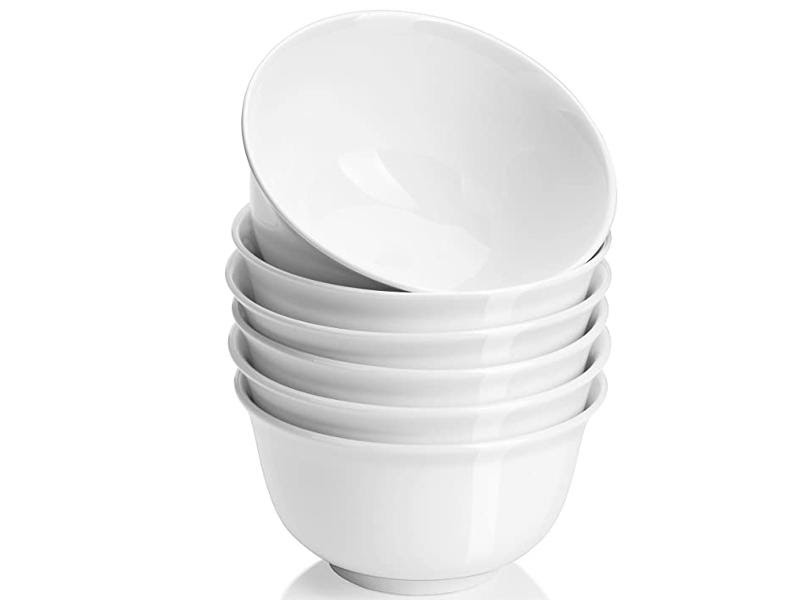
In many cultures, porcelain bowls hold significant symbolism and are used in religious or cultural rituals. They may be used for offerings, memorials, or as ceremonial vessels in special occasions and traditions. The delicate and refined nature of porcelain makes it a deeply meaningful material for such purposes, elevating the spiritual and cultural significance associated with these bowls.
Section 6: The Significance of Porcelain Bowls in Heritage and Collecting
Porcelain bowls hold immense value in terms of cultural heritage and collecting. Throughout history, these bowls were often associated with wealth and status, coveted by collectors and aristocracy. They showcase the mastery of pottery and ceramics, embodying the artistic expression of talented craftsmen. Collectors and enthusiasts today continue to appreciate the historical and artistic value of porcelain bowls, seeking out rare and exquisite pieces to add to their collections.
Section 7: The Market for Porcelain Bowls
The market for porcelain bowls is diverse and vast, catering to a wide range of customers. High-end collectors and connoisseurs seek out rare and valuable antique porcelain bowls, driving up prices in the market. On the other hand, there is also a growing demand for contemporary porcelain bowls that offer a fusion of traditional craftsmanship and modern designs. In recent years, there has been an increase in collaborations between renowned designers and porcelain manufacturers, leading to unique and innovative bowl designs that appeal to a younger demographic.
Section 8: Sustainability and Corporate Responsibility in Porcelain Bowl Production
As the demand for porcelain bowls continues to grow, there is a growing emphasis on sustainability and corporate responsibility within the industry. Manufacturers are increasingly adopting sustainable practices, such as using non-toxic glazes, minimizing water and energy consumption, and promoting fair labor practices. Some companies are also investing in research and development to create more environmentally-friendly materials for porcelain production. These efforts align with consumers’ increasing focus on ethical and eco-friendly products, making sustainability a crucial aspect of the porcelain bowl market.
Section 9: The Future of Porcelain Bowls
Porcelain bowls have managed to remain relevant and appealing even in the face of changing consumer preferences and trends. The timeless elegance, versatility, and durability of porcelain bowls ensure their continued popularity well into the future. As technology advances, it is likely that we will see further innovations in porcelain manufacturing techniques, leading to the creation of even more intricate and unique designs. Additionally, collaborations between traditional porcelain craftsmen and contemporary designers may result in the emergence of new and exciting bowl designs that capture the spirit of our time.
Conclusion:
Porcelain bowls represent an exquisite blend of beauty, functionality, and cultural significance. With their origins dating back centuries, these bowls have stood the test of time and continue to capture the hearts of collectors, enthusiasts, and everyday users. Whether used for dining, decoration, or rituals, porcelain bowls exemplify the refined artistry and craftsmanship that have made them cherished pieces throughout history. As we move forward, the enduring appeal and timeless beauty of porcelain bowls ensure their continued presence in homes, galleries, and cultural institutions around the world.
